
We know that eating a balanced diet is one of the best things we can do for our bodies and minds. However our modern busy lives make it tricky, so we often augment our diets with dietary supplements. Well the health of the eye is also dependent on our diet. There is significant evidence that omega-3 oils are beneficial for the management of dry eye symptoms. In New Zealand it’s recommended that adults have 2 servings of oily fish a week to provide enough omega-3 fatty acids.
But if you can’t eat oily fish twice a week, Omega-3 can be found in dietary supplements; either animal-based such as krill, salmon or other fish oils, or vegetable-based such as flaxseed or hemp oil. Anyone who suffers from dry eye symptoms should consider taking an omega 3 supplement. This should be in addition to using artificial tears and other measures for management of the condition.
To learn more about other vitamins that are important for eye health check out our article Vitamins For Good Eye Health and Vision written by our Ophthalmologist Dr Andrew Logan.
What is Omega-3?
Omega-3, Omega-6 and Omega- 9 are fatty acids, a type of lipid. All three are important to human health. Omega 3 and 6 are polyunsaturated fats, a type of fat your body can’t make. If your body can’t make these fats, it has to collect them from the foods you eat.
The typical Western diet contains more omega-6 fats than necessary and not enough omega-3 fats. Foods that are typically high in omega-6 fatty acids include processed foods, tofu, nuts, seeds, and meat.
There are many types of Omega-3 in our bodies, but the four Omega-3s relevant to this discussion are; ALA (alpha-linolenic acid), SDA (Stearidonic acid), EPA (eicosapentaenoic acid) and DHA (docosahexaenoic acid).
ALA and/or SDA are found mainly in plant oils such as flaxseed, soybean, and canola oils. DHA and EPA are found in fish and other seafood.
The human body can’t make ALA, so you must get it from the foods you consume. Your body can convert some ALA into SDA, EPA and then to DHA, but only in very small amounts. So the easiest way to increase levels of SDA, EPA and DHA is to take them directly from supplements or food, rather than waiting for them to be converted.
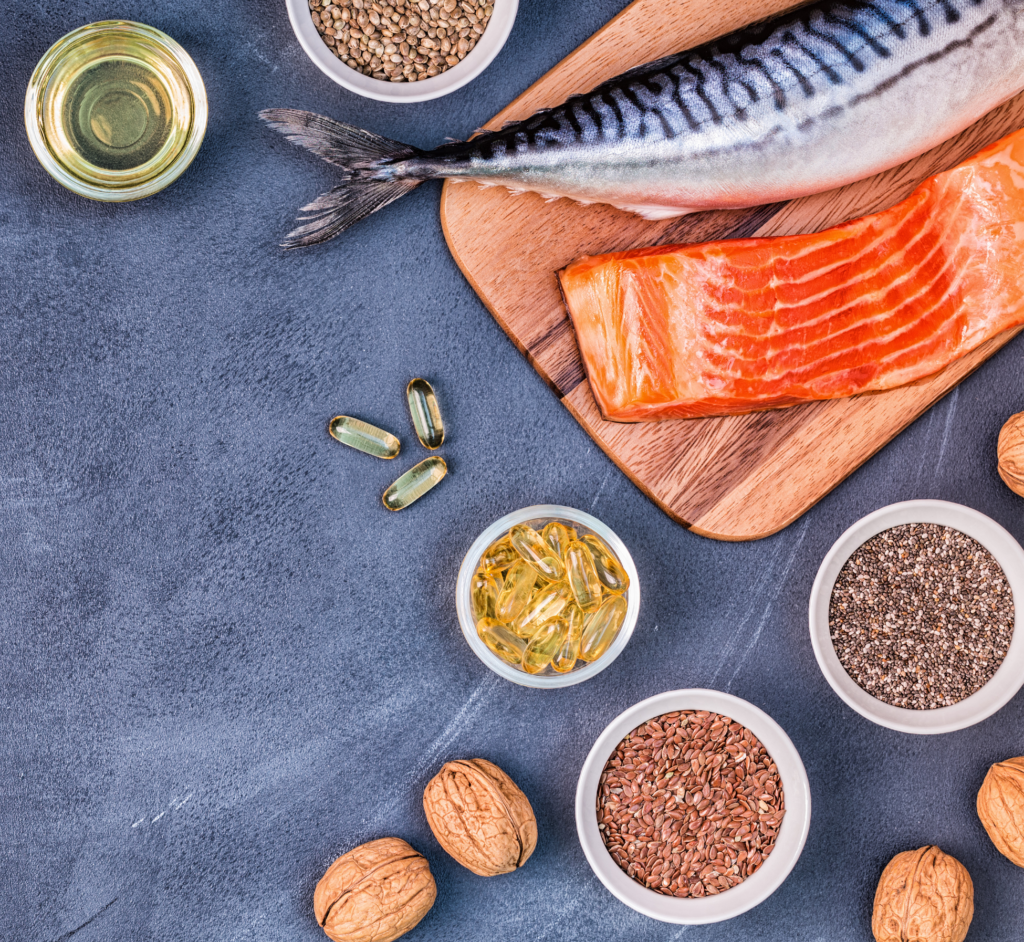
Foods naturally rich in EPA and/or DHA Omega-3 fatty acids:
Fatty fish including salmon, tuna, mackerel, sardines, anchovies, seabass, trout, oysters and shrimp.
Plant based foods include algae and seaweed.
Foods naturally rich in ALA and/or SDA Omega-3 fatty acids:
Flax seeds, chia seeds, hemp seeds, walnuts, pecans, edamame beans, kidney beans, brussel sprouts and algal oil.
Why is Omega-3 important?
Omega-3s are important components of the membranes that surround each cell in your body.
Omega-3 levels are especially high in the retina (eye), brain, and sperm cells. The Omega-3s EPA and DHA may help improve the eye’s production of Meibomian oil which is a key component of our tears while also reducing inflammation of the surfaces that cover the eye and eye lids.
Omega-3s also provide calories to give your body energy and have many functions in your heart, blood vessels, lungs, immune system, and endocrine system (the network of hormone-producing glands). Certain hormones act specifically on your eyes and can also contribute to dry eye symptoms.
Omega-3s have been shown to improve human health in many different areas.
With so many Omega supplements on the market, how do you choose which is best for you?
Well when it comes to the eyes, the Omega-3s we are most interested in are the EPA and DHA versions. Not all Omega-3 dietary supplements contain these particular versions of Omega-3.
Fish and krill oils have both EPA and DHA. While fish oil is made from fatty fish, krill oil is made from tiny crustaceans called Antarctic krill. Because krill cannot be farmed, and they are trickier to catch in the wild, krill oil tends to be more expensive than fish oil.
There is a small amount of evidence that suggests the Omega found in krill oil is absorbed into the human blood stream faster than the omega found in fish oil. This is why the Wellington Eye Centre tends to recommend krill oil supplements over others.
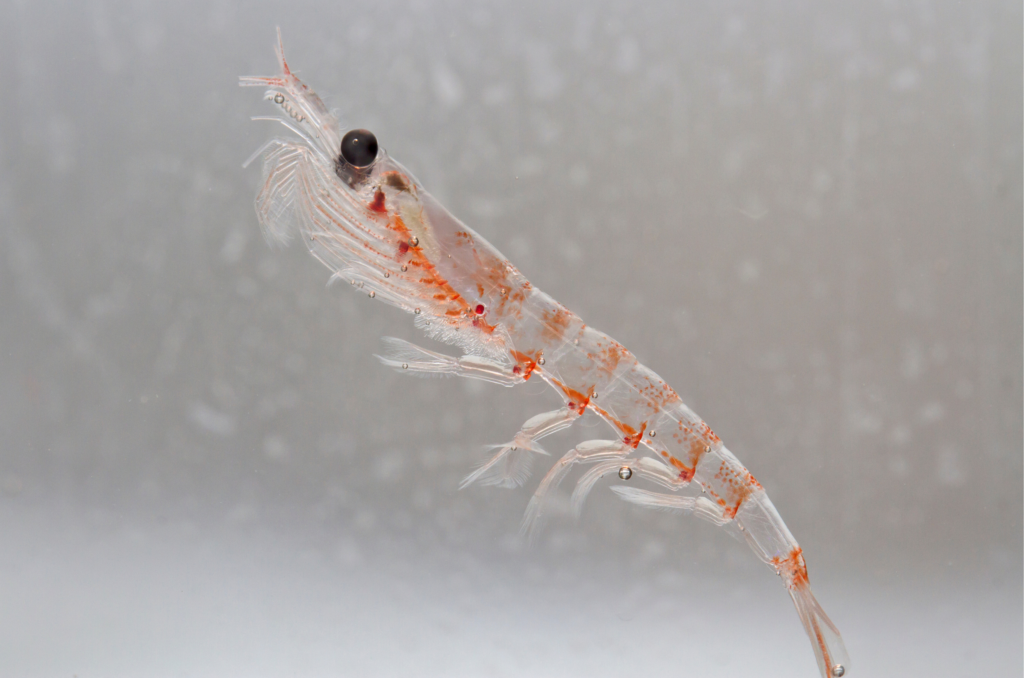
Plant based supplements like flax-seed Oil and hemp-seed Oil do not contain EPA nor DHA, but they do provide the body with ALA. The body will then convert around 15% of the ALA to EPA or DHA. Some hemp-seed oils contain the omega-3 acid, stearidonic acid (SDA). The human body can also convert SDA into EPA and DHA, just like the body does with ALA, early research shows the SDA conversion may be more efficient. If this is substantiated, then hemp-seed oil maybe more beneficial for dry eye patients than flax-seed oil.
Why would I want a plant based product?
It is clear that fish and krill oils will provide you with more EPA and DHA than plant-based supplements. And it is EPA and DHA we want to boost when we are trying to improve dry eye disease. So why choose a plant-based alternative?
- Plant-based products can be vegan and vegetarian friendly. Do check the labels, as some plant-based supplements include gelatin and are not suitable for vegetarians and vegans.
- Some people have allergies or other negative reactions to fish based products.
- Plant-based products tend to be more environmentally friendly, using more sustainable techniques for manufacturing.
- These plant-based products also provide you with other omega fats (Omega 3, 6, and 9). And although omega 6 and 9 aren’t as tricky to find in our modern diets, and we tend to have an abundance of omega 6, they are still important to our health. Fish and krill Oil only provide you with omega-3s.

Dosage
The World Health Organization suggests that adults get 200 to 500 milligrams (mg) of DHA and EPA per day. Taking higher doses than that hasn’t shown any increased health benefits.
However taking fish oil supplements in high doses can cause a slightly increased risk of atrial fibrillation, swelling of your legs, bleeding, stomach upset and abnormal liver tests.
Taking high doses of some plant-based omega-3 supplements may increase your omega-6 beyond recommended levels, since most people get enough omega-6 without having to take supplements.
How do the Omega-3s DHA and EPA improve dry eye disease?
There is evidence to suggest DHA and EPA can improve the symptoms of dry eye disease in two ways.
- Reduce inflammation.
- Increase the quality and/or volume of Meibomian Gland secretions.
Reduce inflammation
Dry Eye Disease is an inflammatory condition. When the surfaces of the eye become dry they become inflamed; this causes redness, swelling, change in the structure of the tissues of the eye and a change in the ability of the eye to perform its intended task. Dry Eye Disease can involve the eye lids, the conjunctiva and the cornea.
The Omega-3s DHA and EPA have the ability to stop one pathway of the inflammatory chain. Think of the inflammatory chain as a series of telephone lines, being strung from one pole to another. For the eye to become inflamed it must receive a message from along this telephone line. If you can stop the communication getting to the eye, you can stop the inflammation. If there are multiple lines of communication, as there are in the inflammatory chain, stopping one line will help reduce the inflammation, but may not stop the inflammation all together. But reducing the stimulus to inflammation makes it easier for other treatments to have a positive effect.
Increase the quality and/or volume of Meibomian Gland secretions
Meibomian gland secretions (Meibum) are oily secretions that spreads over the surface of our tears, to prevent them from evaporating. A reduction in volume or quality of the meibum makes our tears evaporate faster, creating a dry inflamed eye. This type of dry eye disease is called Meibomian Gland Dysfunction.
Meibum is made up of many different types of lipids (such as fats, waxes and oils that do not mix well with water) and is produced by the Meibomian Glands in our upper and lower eye lids. Some of these lipids are the fatty acids Omega-3, 6 and 9.
To have the correct balance of lipids in our meibum we need a certain ratio of polar lipids (amphiphilic) and non-polar lipids (eg; wax esters and cholesteryl esters). Meibomian Gland Dysfunction has been linked to changes in the constituent lipids.
To have the correct ratio of lipids in our meibum, we need to ingest enough DHA and EPA. Or we need to ingest enough ALA or SDA to allow our bodies to convert appropriate amounts to DHA and EPA. Many of us do not get enough DHA, EPA, ALA and/or SDA from our diets, affecting the quality of our meibum and possibly causing dry eye inflammation.
If we can be of further help, you can call us on 0800 733 327 or complete the contact form below.

Festive Season and Your Eyes

Vitamins For Good Eye Health and Vision
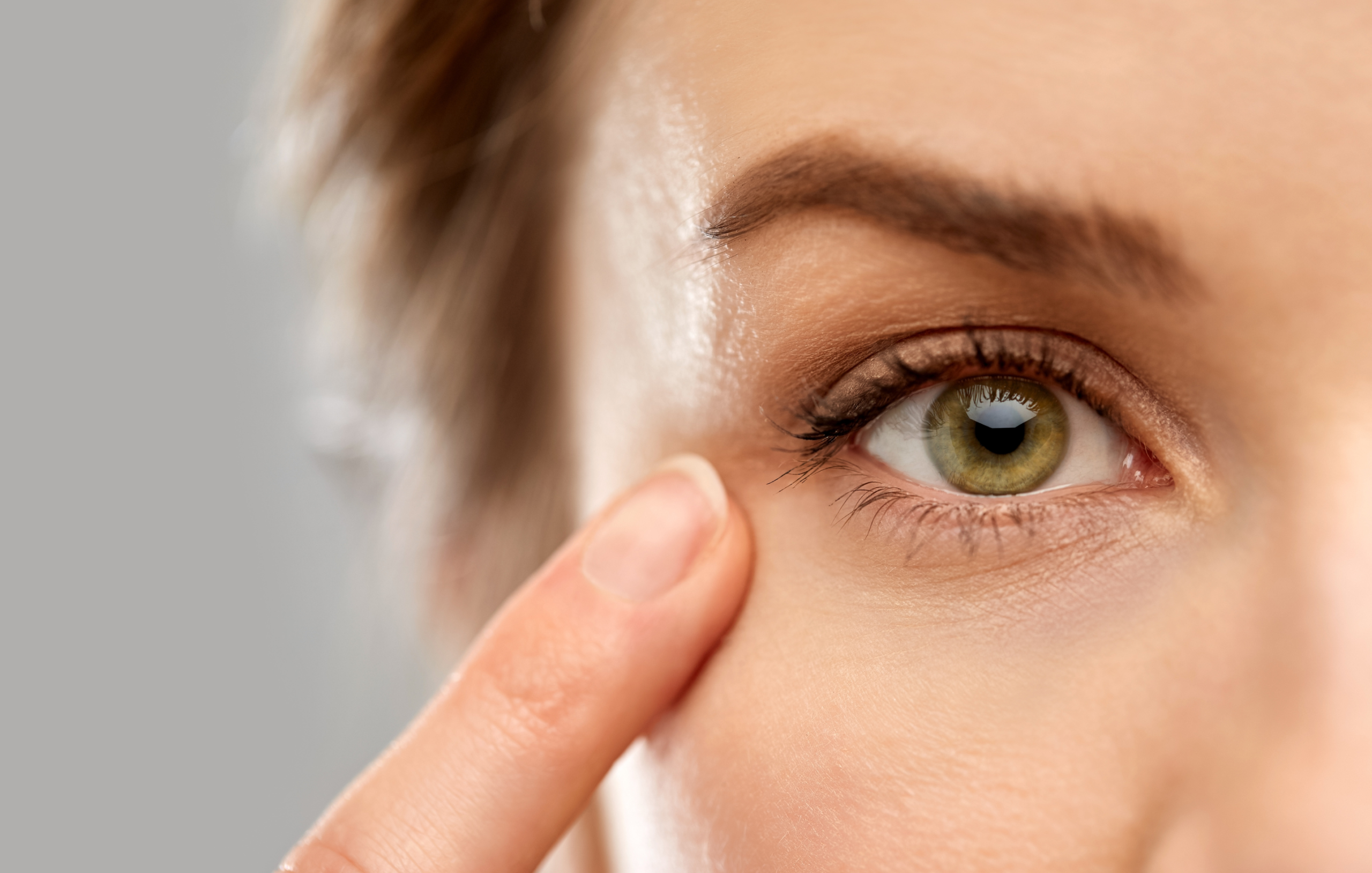
Help my eyelid is twitching!

Do you need to have eye exams after laser eye surgery?
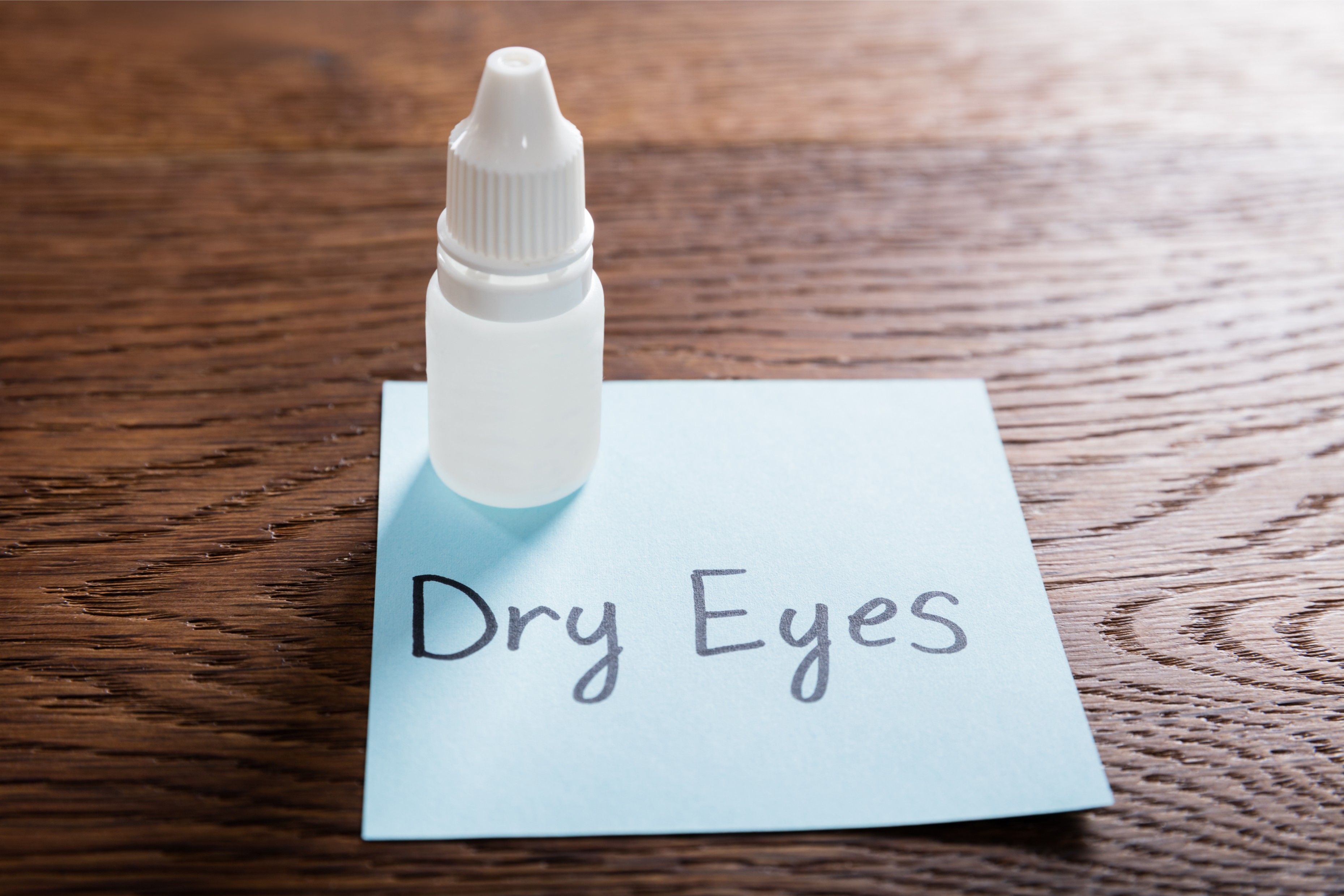
Restasis Eye Drops for the Treatment of Dry Eyes

Meet The Team at the Wellington Eye Centre

Festive Season and Your Eyes

Naumi Studio Hotel Wellington
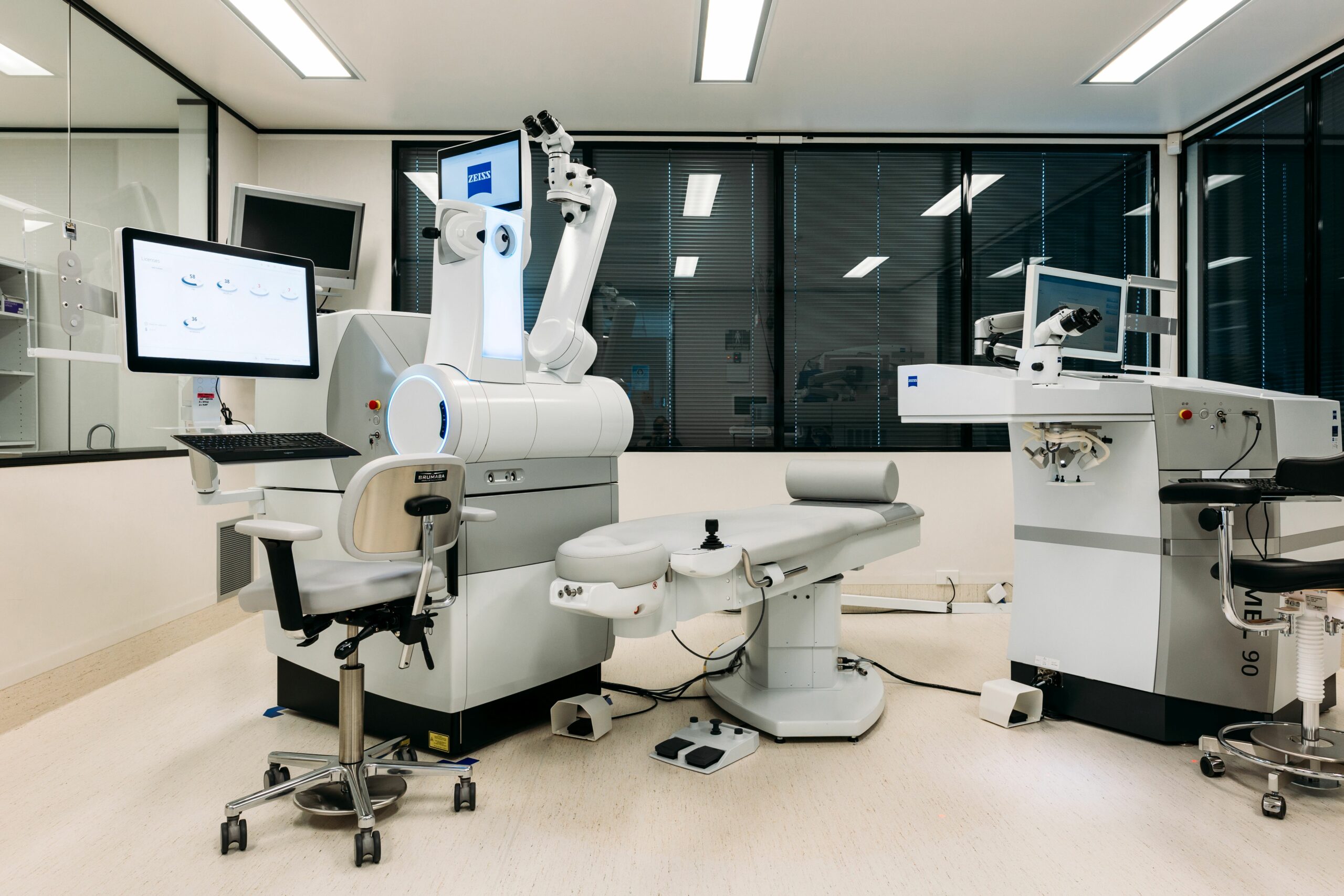
What to Expect on The Day of Surgery

